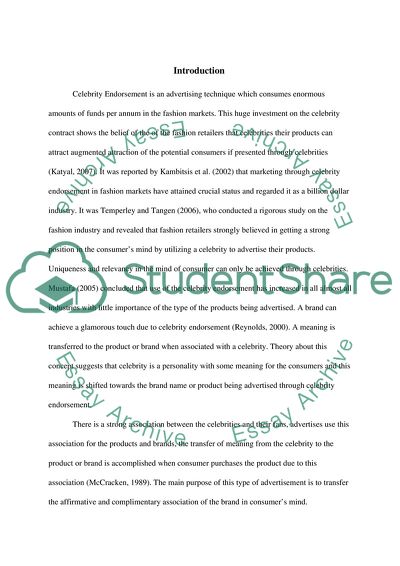Cite this document
(Celebrity Endorsement in Attracting Men Consumers in the Fashion Article, n.d.)
Celebrity Endorsement in Attracting Men Consumers in the Fashion Article. Retrieved from https://studentshare.org/marketing/1755898-marketing
Celebrity Endorsement in Attracting Men Consumers in the Fashion Article. Retrieved from https://studentshare.org/marketing/1755898-marketing
(Celebrity Endorsement in Attracting Men Consumers in the Fashion Article)
Celebrity Endorsement in Attracting Men Consumers in the Fashion Article. https://studentshare.org/marketing/1755898-marketing.
Celebrity Endorsement in Attracting Men Consumers in the Fashion Article. https://studentshare.org/marketing/1755898-marketing.
“Celebrity Endorsement in Attracting Men Consumers in the Fashion Article”, n.d. https://studentshare.org/marketing/1755898-marketing.


